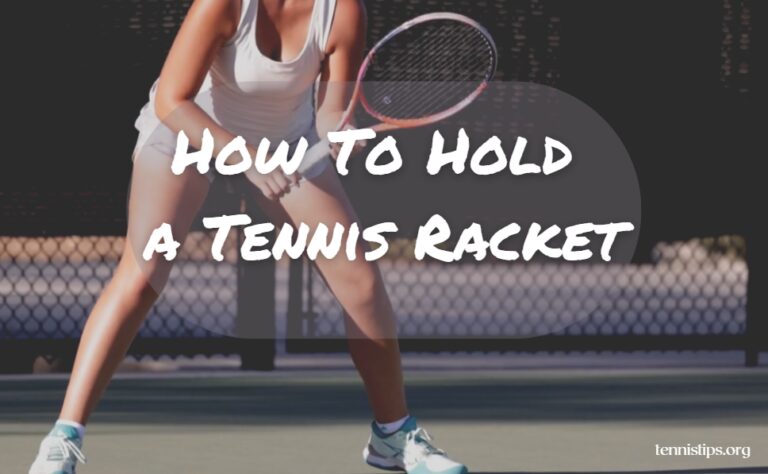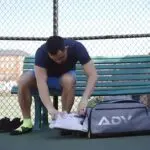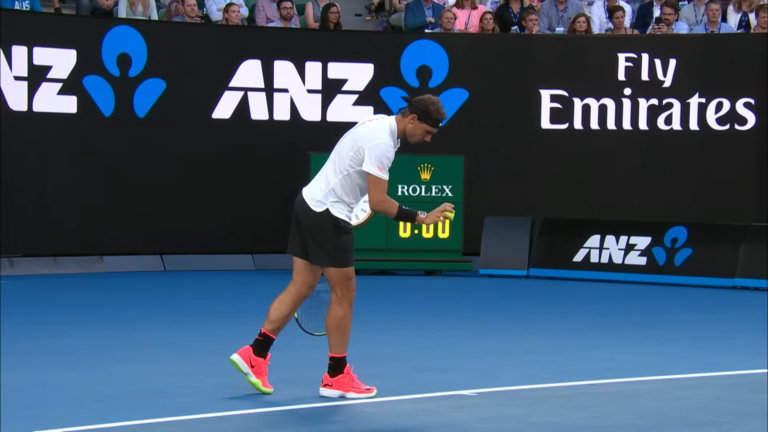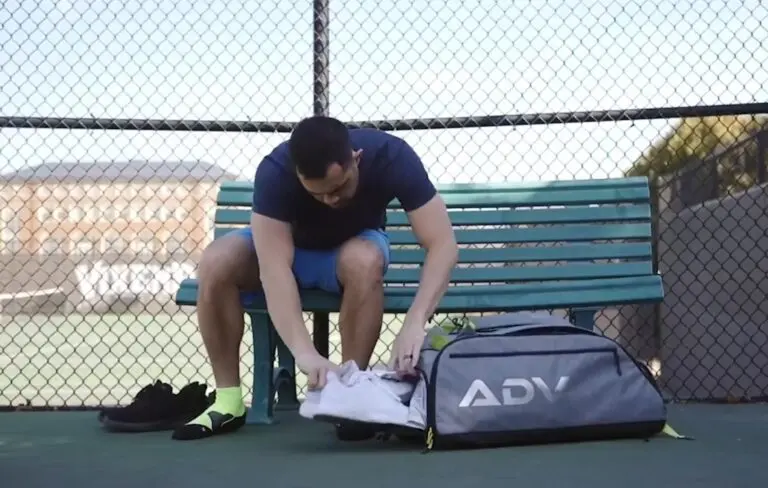When it comes to playing tennis, there is a number of factors that affect your performance and holding your racket the right way is one of the most important. If you aren’t sure how to hold a tennis racket and you’re interested in learning more about different ways to do so, you’re in the right place!
We’re here to show you how to hold your tennis racket based on your experience, but that is not all! We also explain the most popular tennis grips that exist, such as continental and eastern grips, so that you can decide whether one of those would be right for you! Let’s get right into it.
How To Hold a Tennis Racket According to Your Experience

Since there is no shortage of different tennis grips you can go for, we decided to break them down according to the experience they are best suited for.
That way, you won’t have to waste precious time trying to sort through a ton of information by yourself. Take a look at the list below and find out all you need to know in record time!
1. Beginner
If you’re someone who’s just starting to play tennis and learning the ropes, you should hold the racket in a way that feels most natural to you. It’s important that you feel comfortable enough, but also to have enough control over the racket and strokes you hit.
The continental or so-called ‘’chopper’’ grip is often recommended for beginners. It’s the most versatile, and it allows you to hit a variety of shots with ease. With that being said, there’s been some debate over how firmly players should grip onto their rackets.
Some say that holding your racket more tightly is better, while others argue that having a lighter grip would give you more control. As with most things, it’s best to try and find the middle ground.
Learn how to hold your racket tightly enough to have enough control and fluidity, but not as tightly as to cause your hands to be sore and blisters to appear.
That would certainly make playing more difficult and tar your performance. Remember—practice makes perfect! Once you develop your technique and get used to playing, you will have no issues finding what suits your needs best and playing like a pro!
2. Intermediate

When it comes to more experienced players, the continental grip might not be the ideal choice. This grip is the most basic grip in tennis, and as such, it is perfect for beginners who are only starting to learn. However, for intermediate players, this grip can bring more harm than good.
These players can experience issues if they try to hit the ball with more power while using the continental grip. By adding more power with this grip, chances are the ball will be very difficult to control, and it would come as no shock if it flies out of court.
That’s why the grips that are recommended for intermediate players are semi-western forehand and eastern backhand grips.
If you’re transitioning from a basic technique to a more traditional grip, these two will prove an excellent option. As you hone your skills and learn how to add more power and length to your swings, you will also need to adjust the way you hold your racket.
Semi-western forehand is one of the most popular grips nowadays, and it allows you to hit heavier forehands and more topspins with ease, as well as with more power. When it comes to the eastern grip, it is very commonly used to hit topspin backhands.
It is also used by some of the biggest names in the world of tennis, including one of the best players of all time and a part of the famous Big Three—Roger Federer.
3. Advanced
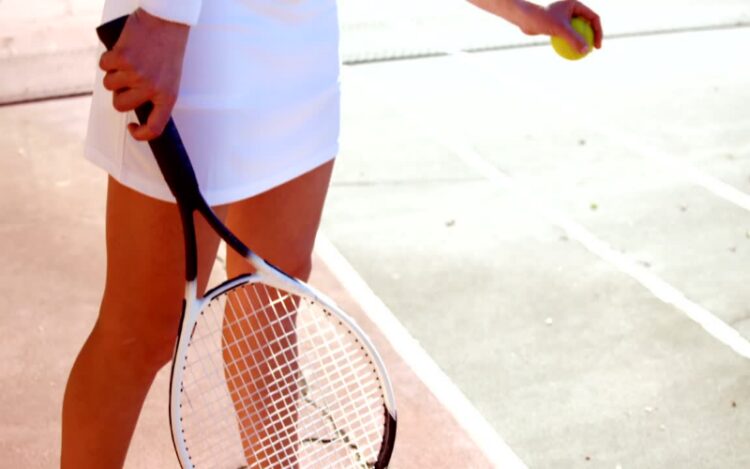
Finally, when it comes to advanced players, the grip of choice should be any grip that the player is most confident in. When you become an advanced player, you will already know how to switch between different grips with ease, and you will be familiar with almost all the different grips out there.
All that is left is to decide what grip suits your needs best and makes your performance the best it could be.
While some advanced players choose to use the continental grip, others make an entirely different choice and go with a completely different one. In the end, it’s all about your personal preference.
If you always want to get your favorite shot, for example, forehand, you can choose to hold your racket with that grip by default.
The reason why having a forehand grip, in this case, would be ideal is that you wouldn’t have to think much before making a shot and you would always be ready to hit the ball with your so-called ‘’weapon of choice’’.
Since tennis is usually a tense game that doesn’t leave you much time to think before you make your move, this grip could very well help you beat your opponent with ease.
Conclusion
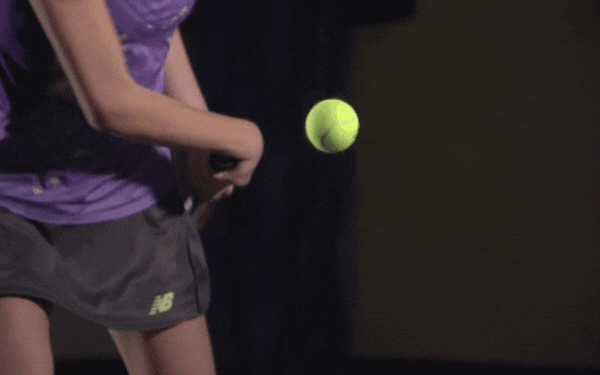
In the world of tennis, learning how to hold your racket the right way can make or break you. It’s important to find what suits your needs best and what makes you have the best possible performance on the court.
While some of the most popular tennis grips include continental, eastern, and semi-western grips, you don’t have to go with either of those.
On the other hand, you can also use all of them and change them whenever you want to get the best results—the choice is yours!
However, you should pay attention to perfecting your tennis skills and choose your grip according to your experience if you want to avoid struggling on the court or losing.
Practice makes perfect, so make sure you put in the hard work and learn what works best for you. That way, you will climb to the top in no time!
References:
https://www.theguardian.com/lifeandstyle/2009/jun/28/tennis-learn-grips
https://woman.thenest.com/hold-tennis-racket-volleying-15927.html

